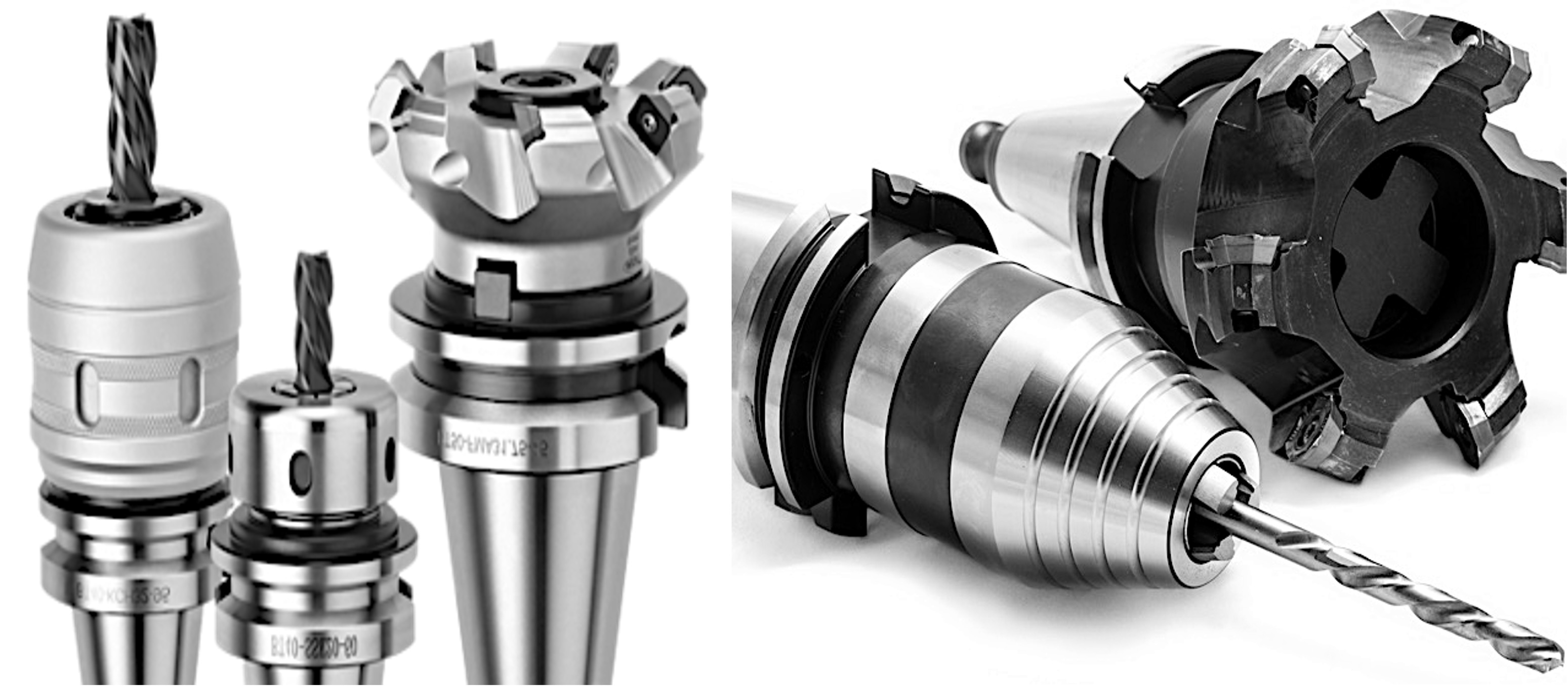
Overview
A wide variety of tools sets are available with different configurations for CNC milling and CNC turning process. This article will talk about commonly applied tools for CNC machining either for mass production or low volume production parts.
Types of tools
- End mills (Flat, Ball, Bull and Chamfer)
- Face mill
- Round cornering tools
- Slot tools
- Hole making tool
End mill tool
End mill cutting tools are generally used for creating shapes, hole making, contours, drilling and reaming operations. They are equipped with cutting edges at the end of the face. End mills can cut a wide range of materials in almost any direction. A tool with two flutes provides more chip removal clearance than a four flute tool. Four flute tools are generally suitable for external surface operations where chip clearance is not a concern. End mills are of two types based on their cutting direction are centre cutting end mill and non-centre end mill tools. Centre cutting tool can directly decent straight into the material while non-centre cannot do that. Non-centre type tool needs a starting hole or a spiral path to sink into the material.
Types of end mill tools
- Flat end – Used to carve out cavities and 2D geometries.
- Ball end – Used for profile or 3D geometries milling
- Bull end – Are used to make corners with a radius at the bottom end of the cavity. They are also used for roughing operations because they are stronger than other end mills
- Chamfer tool – To create a chamfer at the corner edge.
Face mill tool
The face end mill has small inserts that can be mounted on the main tool. They are very strong and rigid and remove material from the stock at a very high rate.
Face mill tool. Photo credits: Sandvik Coromant
Round cornering tools
Round cornering tools are used to create corners or fillets at the external edges of the part
Round cornering tool
Slot cutting tools
Slot-cutting tools are used to create inside or outside slots as per the application.
Hole making
- Center spot drill
- Twist drill
- Tap tool
- Reamer tool
- Counterbore tool
Center spot drills
Center spot drills are used to create conic shape location spot on the surface of the part to precisely align following drilling operations. This ensures that drilling or hole-making operations can proceed without wobbling and the drill bit goes in a straight line. Countersink tools are used to make a conical cavity for the screw head. A combined (spotting + countersink) drill is used to make a screw hole and countersink in a single operation.
Twist drill
Twist drills are used to make holes and bores with most having a tip angle of 118˚. They are available in various diameters and lengths according to the requirement. Twist drills are generally made of HSS, and carbide and sometimes coated with titanium nitride for extended operational life.
Tap tool
Tapping needs a drilled hole prior to the tapping operation. CNC machines have the provision of firm tapping means a strong holder is there to hold the tap tool. Tap proceeds with speed and feed rate which matches with the pitch of the respective thread. Once formed, the spindle stops and reverse to leave the hole. Always refer to the CNC machine manual for more information about tapping/threading operation settings. Special arrangement is needed for the machines that don’t support rigid tapping.
Various types of tap tools
- Forming tapping tools are used on softer metals like aluminum, and copper to create holes by forming the metal to the desired shape. Forming taps don’t generate chips.
- Cutting taps create threads by shearing the material.
- The spiral end tap tool pushes the chips away and ejects them from the other end of the thru-hole.
- Blind holes are tapped by bottoming tap tool.
Reamer
Reamers are used to make holes accurately within 50 microns and good surface finish. Specific hole size needs to be created before reaming operation. Tool feed rates and rotating speed are also important parameters for reaming operations directly affecting the hole size.
Counterbore
A counterbore tool is used to enlarge the opening of the drilled hole so that the screw head fits inside the bored hole. They look like endmills but there’s a guide in the beginning to ensure proper alignment of the bore hole.
Created by - 3D SculpLab Team

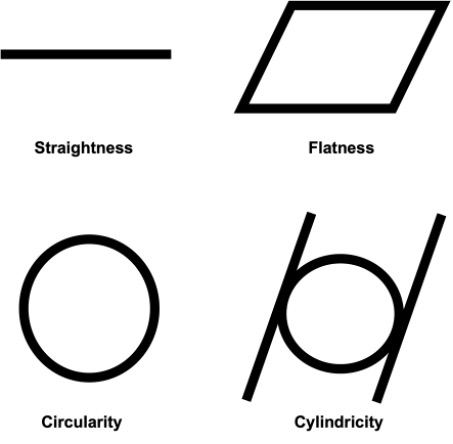
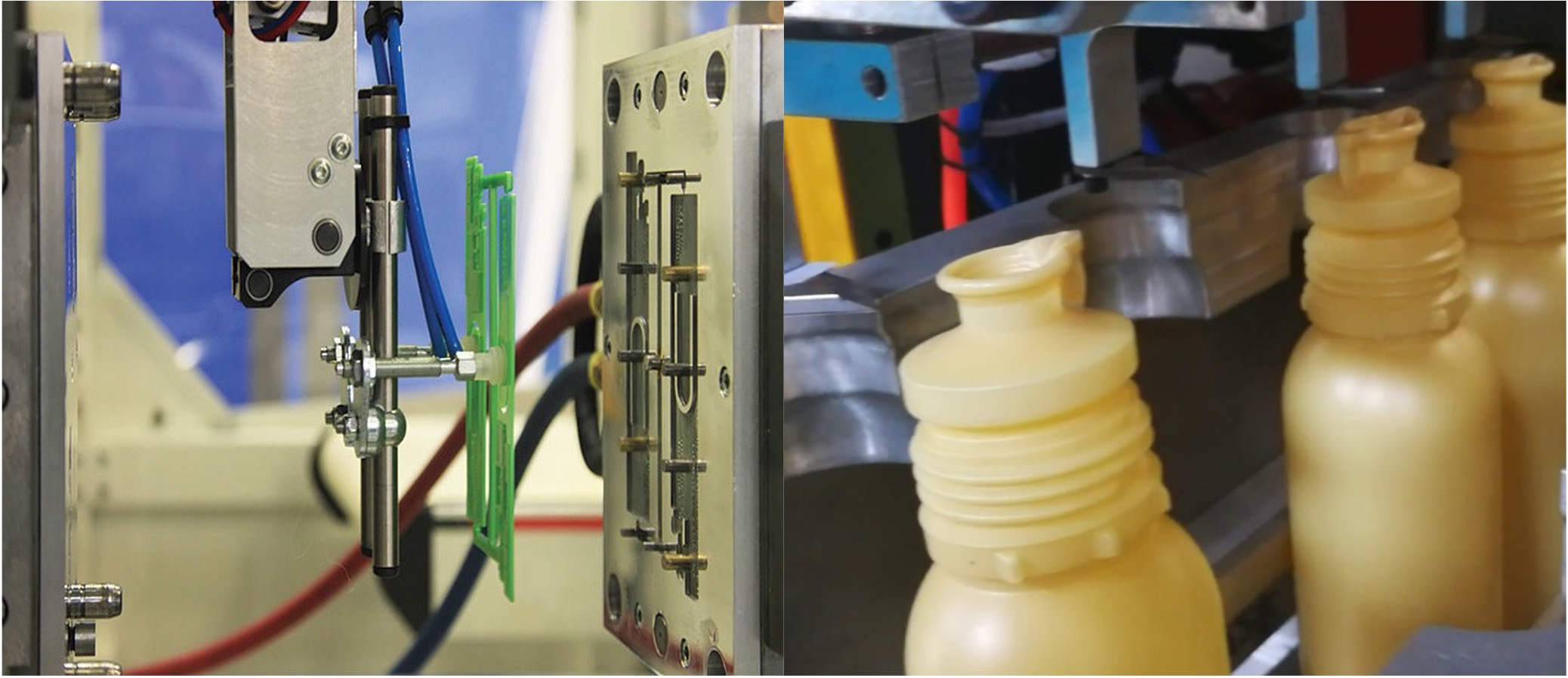
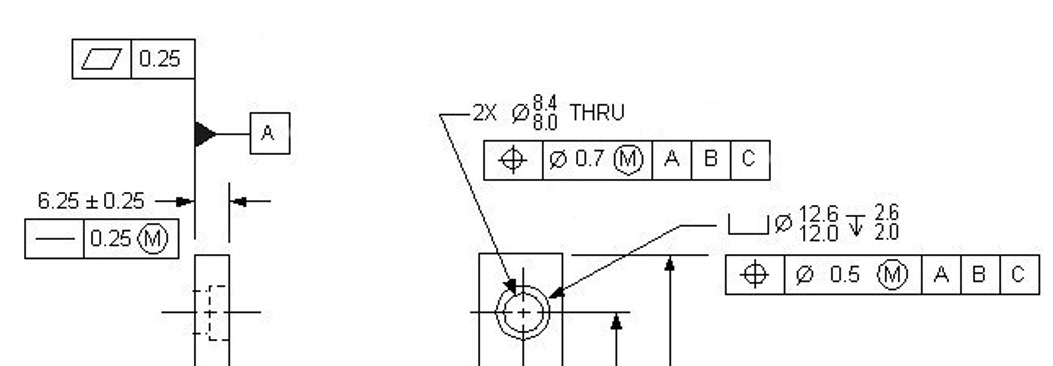
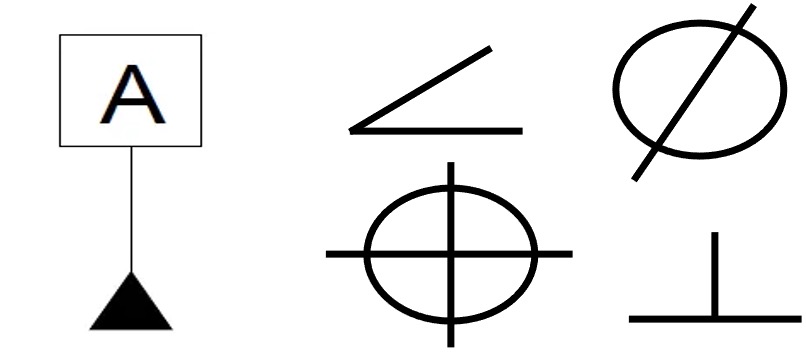
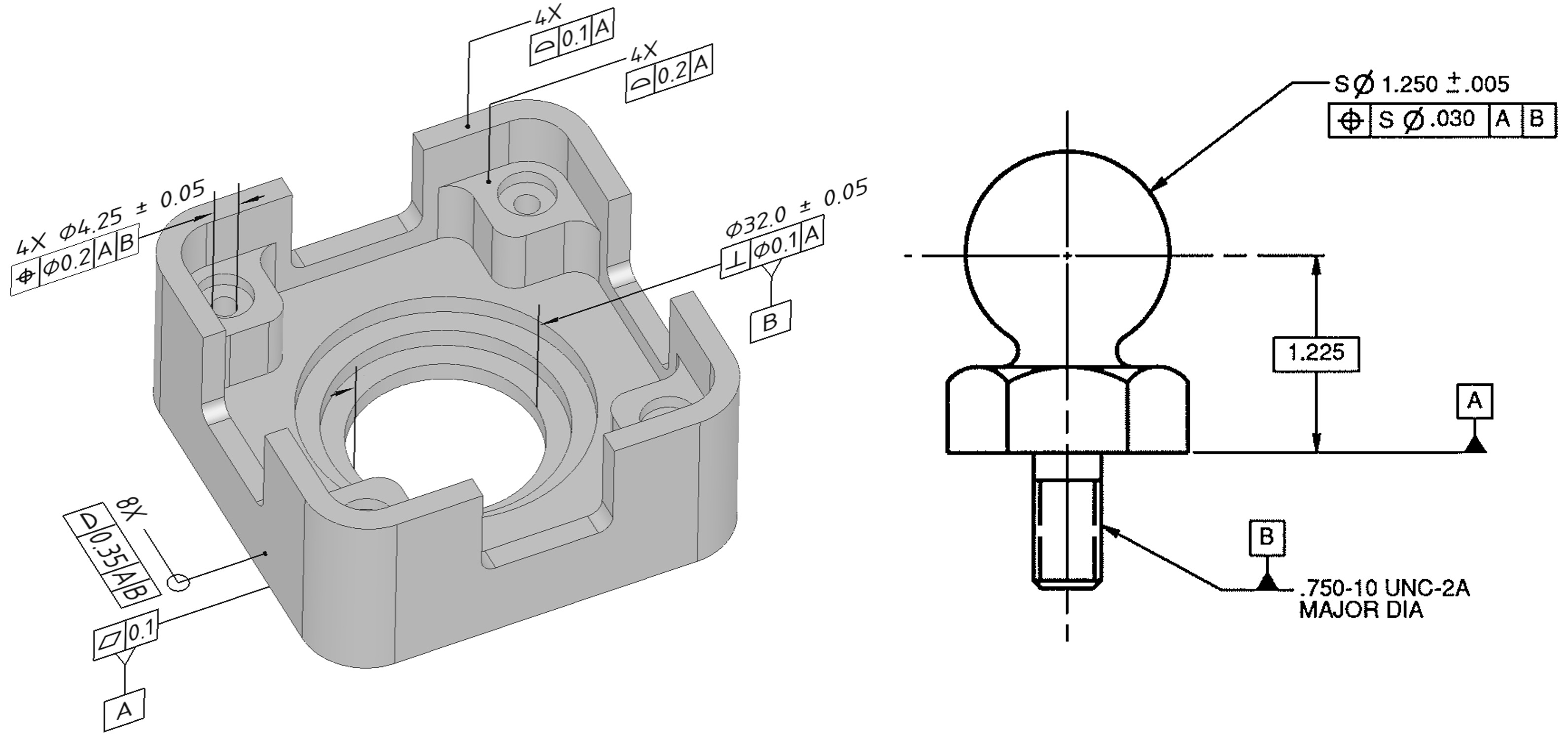
 3D SculpLab
3D SculpLab